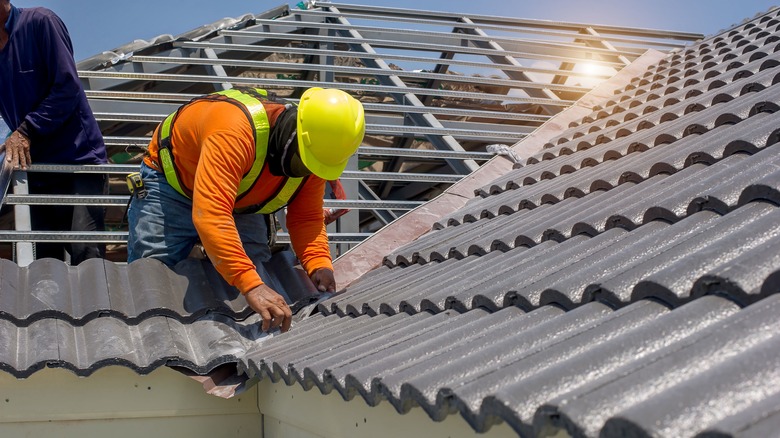Tips To Help You Salvage A Home Improvement Project That's Gone South
People love taking on DIY home improvement projects because they feel empowered by the idea of being completely in charge of the process. It is also an enjoyable process for a lot of people, allowing them to go at their own pace and save a significant amount of money in the process. However, DIY projects don't always go according to plan. You might be aiming to cut costs but find yourself spending more money and finishing later than intended.
Even with professionals, you can run into common contractor issues like rushing or taking too much time, ignoring the plan, and miscommunication. Basically, there are so many unexpected things that can happen with a home improvement project, regardless of who's in charge. While you may never be fully prepared, you can try your best. Here are some tips to help you salvage a home improvement project that's gone south and how to be more prepared for next time.
How to salvage your project
Home improvement projects usually fail due to poor planning and management of goals and resources. These three elements need to work together well in order to achieve success. If your project is not working out, go back to the drawing board and see if you can update things like the goals, schedule, timeline, or budget. If things have changed it may require you to be adaptable and consider alternative paths. Try to do this quickly and honestly before you get too far because you might realize that it's wiser to stop and start over.
If a contractor is giving off red flags or you sense that something is wrong, you can try to remedy things by being more present at the site to oversee it yourself. Ask questions and try to match up the schedule and the money spent so far with the current reality of the project. If things have gotten too bad, don't make any further payments and consider going to small claims court or getting an attorney to try and retrieve the money you've paid already.
Prevention is better than cure
There are some things you can do to reduce the risk of your home improvement project going south. If you want to DIY, make sure you have the three necessary T's: time, tools, and talent. Do you have enough time to go at a reasonable pace or is it something you'll have to rush? Do you have the proper tools or are you improvising? Lastly, have you done projects similar to this and are you fully confident in your abilities to take this on? If you're not certain about any of these, call in a professional or wait until you're ready.
If you're working with a professional, try to set realistic expectations and communicate them from the beginning. Ensure you're giving them enough time and also a sufficient budget so they don't feel rushed or like they have to cut corners to deliver results. Lastly, have a solid, detailed contract that lays out exact responsibilities and what steps will be taken if they aren't carried out. It can also include a cancellation period or clauses to back out in the early phase of a project if there are any ongoing issues.


